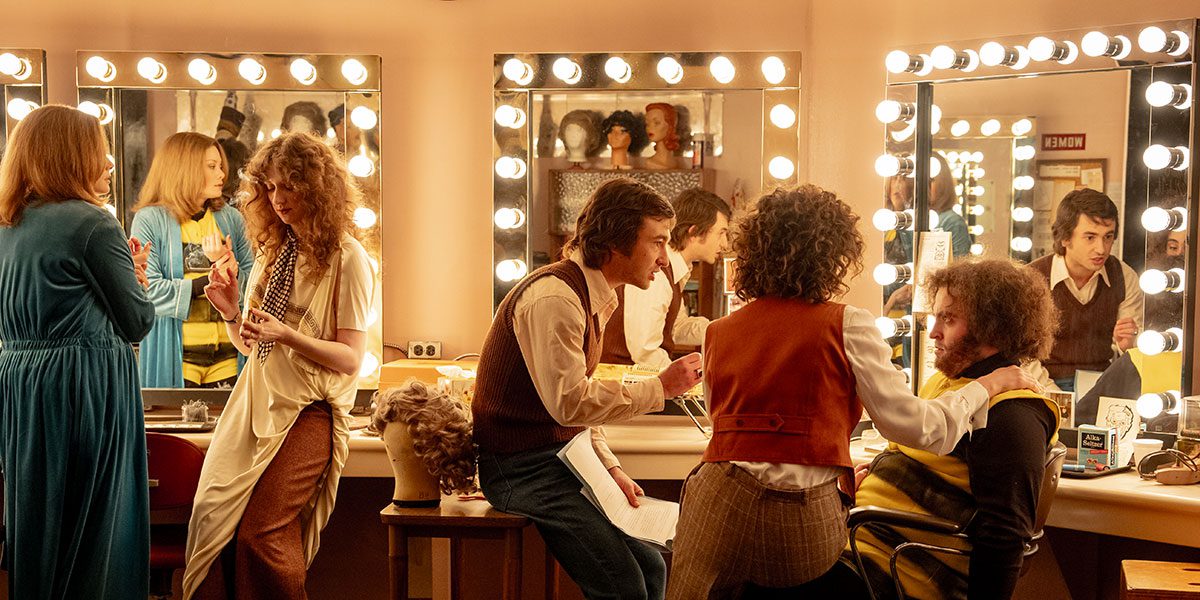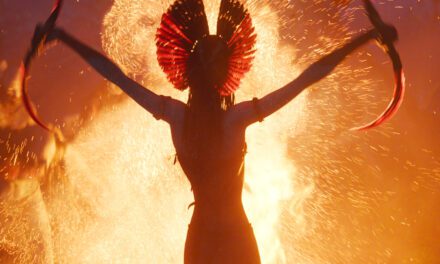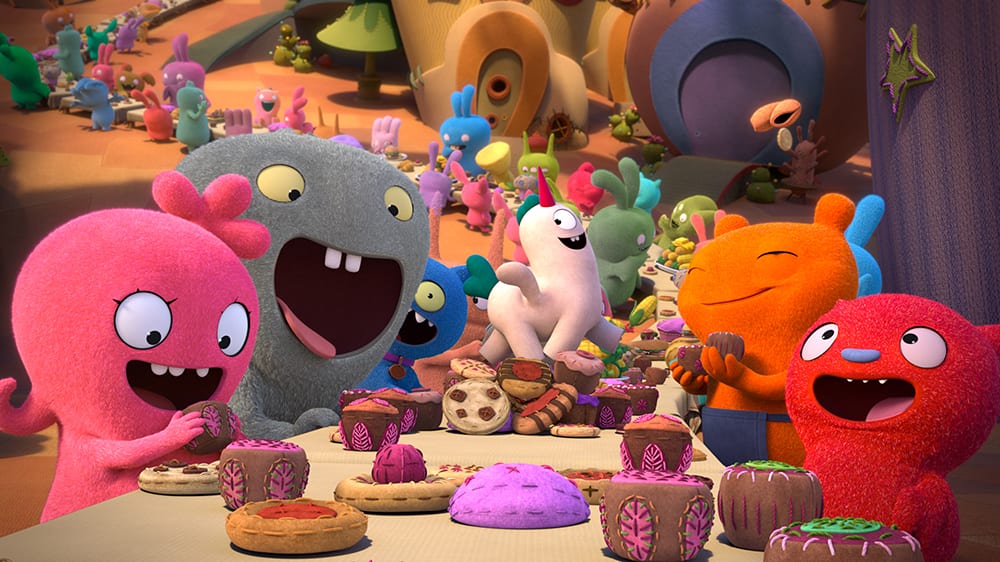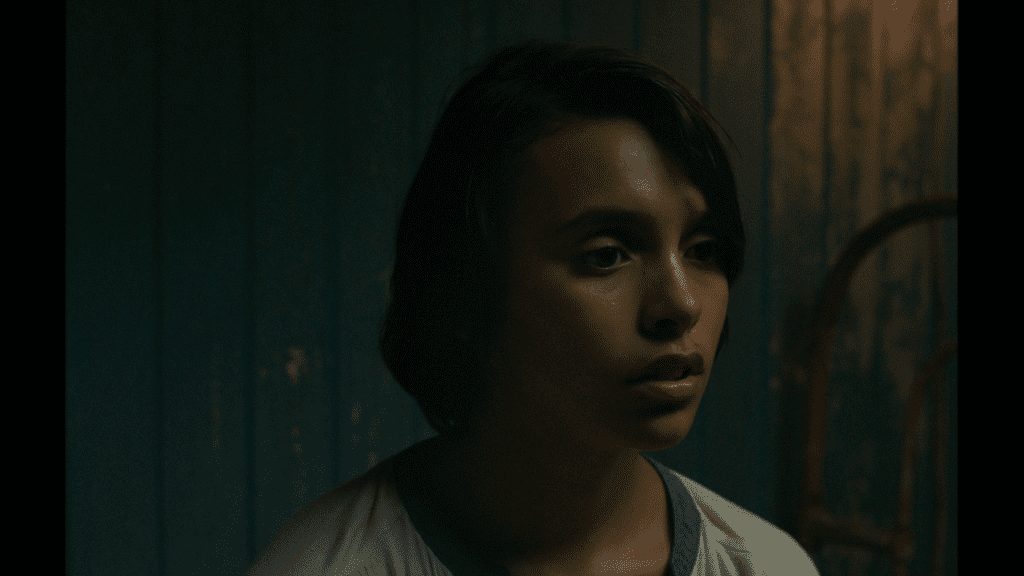
Set in a small town in the jungles of Argentina,?To Kill the Beast?follows the journey of Emilia (Tamara Rocca), a young woman from Buenos Aires who is searching relentlessly for her lost brother. After her mother?s death, Emilia?s great hope is to ease the broken relationships with her family and so she sets out on a quest to find him. As she takes up a room at the aunt?s hostel, Emilia meets another young border who challenges her to open her eyes to the nature of love and what it means to be free from oppression.
The first feature written and directed by Augustina San Martin, To Kill the Beast is a film that wrestles with the monsters that haunt us. San Martin uses her setting to create a world of mystery and fear. Set against the steamy darkness of the jungle, the proverbial beast casts an ominous shadow that no one can find but everyone knows exists. Targeting women in the night yet leaving no evidence, the beast is an ever-present terror that hovers over the area. In choosing to use the beast with such ambiguity, San Martin creates an aura of oppression within this small town but refuses to isolate it?s meaning to one particular issue.
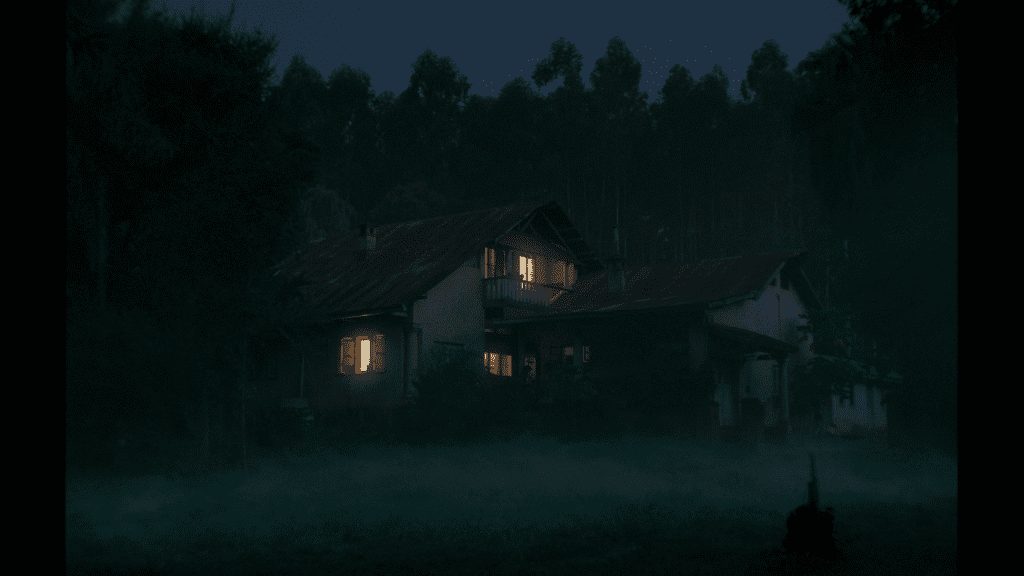
To be clear, San Martin has flatly denied any chance to provide specific information as to what she intends the beast to represent. Having said this though, she does leave clues as to what she may view as the true demons that come in the night. For example, San Martin repeatedly highlights the masculine power that infests all aspects of the community. In this small town, men make the decisions. They lead the search in the woods. They control the church and government. Theirs is a patriarchy of tradition and toxic masculine dominance.
At the same time, Beast also seeks to tell the story one woman who is discovering her sexuality as well. As Emilia attempts to reconcile her family, so too is she coming of age. When a young woman moves into her border home, something within her comes alive yet the traditions that she has been taught keep her trapped emotionally. Set against the backdrop of masculine control, her desire to be free from sexual oppression becomes a key aspect of her individual freedom as well. In one particularly fascinating moment, Emilia, her lover and their aunt turn on the radio and hear a recording of Ave Maria. However, while the tune remains the same, the traditional Catholic worship song has been remixed into a club track. As the women begin to dance, this joyful innocence feels like an act of rebellion. In this brief respite from the culture that surrounds them, the women come alive as they break through the oppression of the male-dominated church and celebrate their lives in a moment of freedom.

Although San Martin refuses to specify what she believes the beast to be, what is certain is that To Kill the Beast wants to identify those sociological toxins that have oppressed women for far too long. Whether its masculine dominance, the church or some other unknown force, San Martin simply wants her female characters to be free and live without fear in the darkness that surrounds them.
To hear our interview with Augustina San Martin, click here (audio) or here (YouTube).
To Kill the Beast premiered at TIFF ?21 on Saturday, September 11th, 2021

